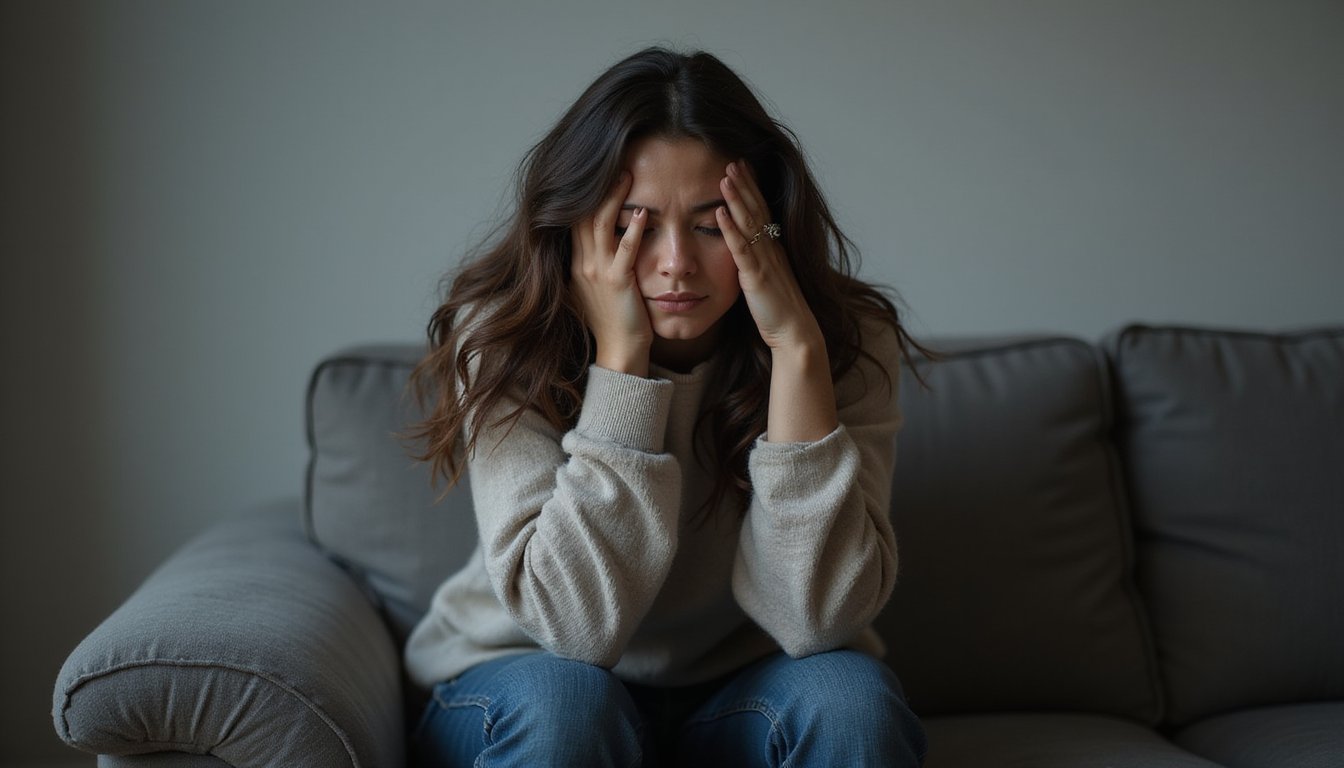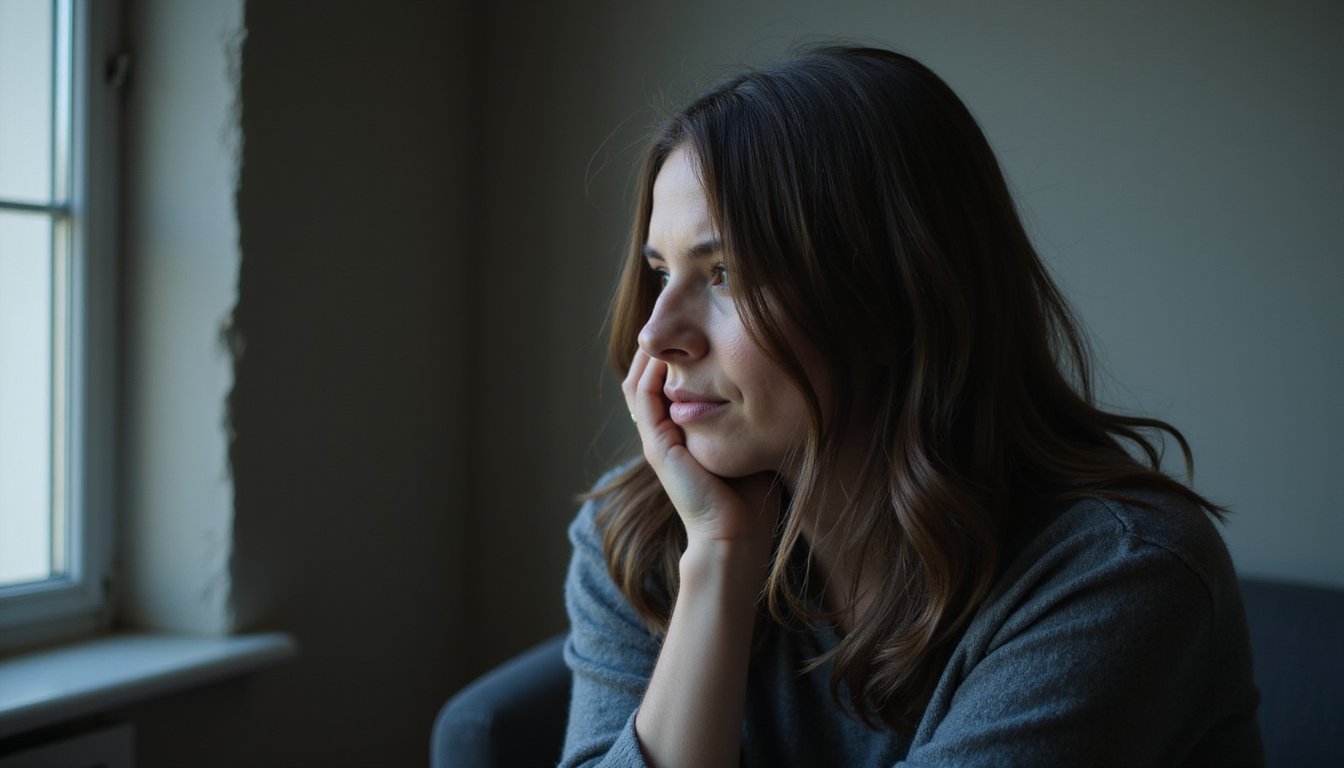Understanding the Diagnostic Process for Depression
In 2023, nearly one-third of American adults reported signs or symptoms of depression. According to the same study, among adolescents in 2021, 29% of males and 57% of females reported possible depressive symptoms whereas 14% of males and 30% of female adolescents considered suicide. Overall, over 49,000 Americans were lost to suicide in 2022.
While these numbers may seem staggering, it is vital to remember that there are resources out there, and many are only a phone call or a mouse click away. If you or someone you care about is struggling with depression, there is help available today.
What Is Depression?
Depression is a common mood disorder that affects a person’s daily life by disrupting their eating, work, thinking, and sleep. It is more than simply being sad. Many people with depression report a lack of interest in things they once enjoyed, a lack of motivation to do enjoyable activities, and feelings of hopelessness that disrupt daily life. To qualify as depression, these symptoms must persist for at least two weeks.
There are many types of depression. Major depressive disorder is perhaps the most common type. It occurs in all ages and can emerge at any time in one’s life. It is typified by a loss of interest in things and a depressed mood.
Persistent depressive disorder is usually a less severe condition. It is noted for its duration, which is usually two years or longer. It is sometimes also called dysthymia or dysthymic disorder.
Perinatal depression occurs during or after pregnancy. It is called postpartum depression when occurring after pregnancy and prenatal depression when occurring during pregnancy. Emotions during these disorders are often connected in some way to, but not caused by, the process of childbirth.
Seasonal affective disorder (SAD) is a form of usually mild to moderate depression. It most often occurs during the autumn and winter months, when sunlight (and therefore natural sources of vitamin D) are less prevalent. It tends to diminish or disappear during the spring and summer months.
Psychotic depression is one of the most difficult types to manage. It is typified by depression in concert with psychotic symptoms such as paranoia, delusions, and hallucinations. This form of depression tends to have higher instances of emergency hospitalization than the others.
Bipolar disorder, formerly called manic-depression or bipolar depression, is typified by depressive episodes followed by periods of extreme energy and activity (known as mania). While depression is a part of bipolar disorder, it is often treated with different medication than depression is.
What Depression Is Not
There are many social and cultural stigmas surrounding depression. Therefore, it is important to dispel myths about it.
Depressed people are not inherently lazy. A lack of energy and motivation is a key symptom of depression.
Depressed people are not always suicidal. According to the Depression and Bipolar Support Alliance, 20% of people who struggle with depression have considered suicide.
Depressed people are not necessarily pessimistic people with bad attitudes. While depression can affect mood and even one’s overall worldview, it is very important not to confuse the disorder with the person. Depression is a disease that alters the way a person thinks, concentrates, remembers, and reacts to situations. However, it does not reduce the quality of the person, nor does it define who they are.
Depressed people are not simply sad. Depression is a complex disorder, and its causes are not clear. Depression involves much more than simple sadness that can be overcome. People with depression cannot simply “get over it.” Remember that a depression diagnosis requires the symptoms to last more than two weeks. Depression is more persistent and often longer lasting than simple sadness, and it rarely has an identifiable cause.
Who Gets Depression?
Depression does not discriminate based on race, gender, culture, age, or background. It can be found in every society on Earth. However, there are some trends as to how much certain groups are affected by depression. This is caused in part by varying cultural expectations and understandings of depression. Some cultures, for example, discourage talking about one’s emotions, especially if that person is male. However, culture or any other distinguishing factor is not the whole story. It is vital to focus on the person.
The Centers for Disease Control (CDC) has conducted numerous studies of depression among different groups, and their findings are enlightening. It is shown that women struggle with depression at a higher rate than men with numbers nearly twice as high. This may be in part because depression among men is underreported due to gender stereotypes and expectations.
Differences among races are less extreme, but also notable. Among different racial groups, depression affects people at the following rate:
- Asian: 3.1% of adults
- Hispanic: 8.2% of adults
- Non-Hispanic White: 7.9% of adults
- Non-Hispanic Black: 9.2% of adults
About 15.8% of adults living below the poverty line struggle with depression, but this number drops to 3.5% for those above the poverty line. In general, the prevalence of depression decreases as family income increases.
According to Yale University, U.S. children struggle with depression at a rate of 3.2%. It’s unknown how reliable this number is, however, because depression manifests differently in children than it does in adults. Overall, the numbers show that roughly 21 million adults and 3.7 million youth under age 17 struggle with depression each year. Of these numbers, only about 35% (roughly one-third) of those with depression seek treatment, even though depression can and does go into completion remission for many of those who get treatment.
Recognizing the Symptoms of Depression
Perhaps people see a depressed person as simply sad. Or perhaps they see a depressed person as simply having a negative attitude. That is why recognizing the warning signs and symptoms of depression is so important. While no depressed person will have all of the symptoms below, a person with three or more of these symptoms should seek help from a professional as soon as possible to ensure their safety and quality of life.
The symptoms to look out for in yourself or others include:
- Depressed mood
- Loss of interest or pleasure in work, social activities, and hobbies
- Significant weight loss
- Significant weight gain
- Increased appetite
- Decreased appetite
- Insomnia
- Excessive sleep
- Psychomotor agitation (faster movement than usual)
- Psychomotor retardation (slower movement than usual)
- Fatigue and/or energy loss
- Feeling worthless or guilty on a daily basis
- Trouble thinking, concentrating, or making decisions
- Recurring thoughts of death, suicidal thoughts, or attempted suicide
You may notice that some symptoms above are opposites of each other. This is because things like sleep, appetite, and weight are disrupted, causing a noticeable change, but it is not always the same for each person.
How Depression Is Diagnosed
Three types of professionals can diagnose depression: medical doctors, psychiatrists, and certain mental health professionals such as psychologists and licensed social workers. Depending on their profession, the person will use one of two texts as an aid.
For mental health professionals, the fifth edition of the Diagnostic and Statistical Manual of Mental Disorders (DSM-5) is used. A person must fulfill five of the criteria (the symptoms listed above) to be diagnosed with depression.
A medical doctor will diagnose using the 10th edition of the International Statistical Classification of Diseases and Related Health Problems (ICD-10). However, a doctor will also perform other tests, such as a blood test, to rule out any physical causes of the depressiion symptoms.
Psychiatrists also use the DSM-5, but they may also consult the ICD-10 coding system for insurance purposes.
Treatment Courses: Hope Comes in Many Forms
Those who struggle with depression should recognize that there are many treatments for their disorder, ranging from pharmaceutical compounds to forms of therapy. Treatment may depend largely on what type of professional the client is seeing.
Mental health professionals may choose to work in partnership with a psychiatrist. When they don’t, the typical form of treatment is psychotherapy. This can range from traditional “talk therapy” to group therapy. Other auxiliary therapies may be employed as well. These include:
- Art therapy
- Nature therapy
- Hypnosis
- Role play therapy
Medical doctors will usually attempt to treat depression with milder medications such as SSRIs (selective serotonin reuptake inhibitors) and SNRIs (serotonin-norepinephrine reuptake inhibitors). By increasing serotonin levels in the brain, it is believed that conditions such as depression and anxiety can be better managed.
Psychiatrists also prescribe medications. They are trained to employ a much broader range of medications than the average primary care physician. These include tricyclics, antipsychotics, benzodiazepines, and many others. They are therefore able to treat more severe forms of depression.
If depression is severe enough, or if it occurs with other symptoms or disorders (such as psychotic depression), hospitalization can be an effective option. Inpatient care comes in many forms, but it has the advantage of treating the whole person by ensuring side effects do not become unmanageable. It can also help doctors discover if other issues are part of the cause of the depression.
How to Find Help
Now that you understand how depression is diagnosed, you hopefully see that finding treatment can take many forms. And it is easy to reach out, 24 hours a day, 365 days a year. If you or someone you care about is struggling with depression, contact the National Depression Hotline by going to http://nationaldepressionhotline.org/ or by calling (866) 629-4564. Within minutes, you can get yourself on the road to relief and a happier life.






